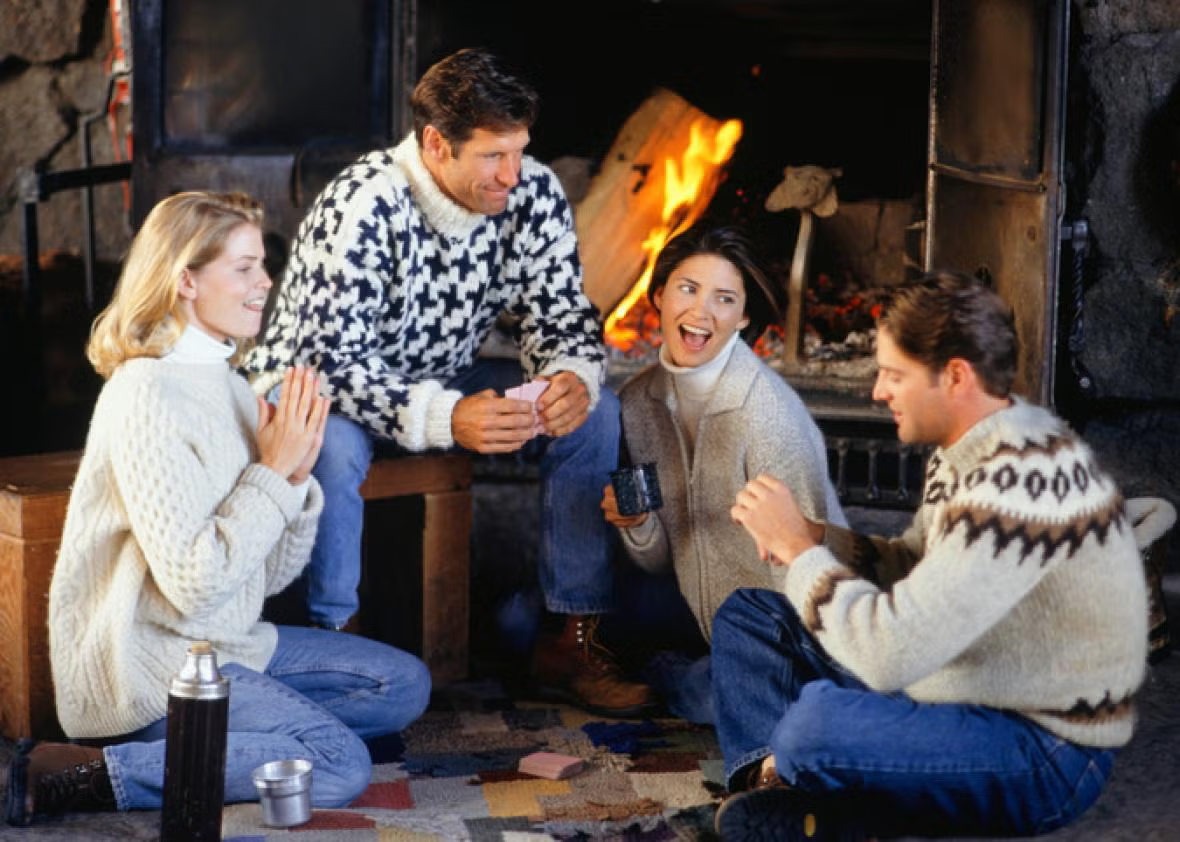vacationhavenhome.com– The Day of the Dead, or Día de los Muertos, is a beloved Mexican holiday dedicated to honoring the lives of those who have passed away. Unlike other cultures where death is approached with sadness, Día de los Muertos is a lively, colorful celebration. Held from October 31st to November 2nd, this holiday combines ancient indigenous traditions with Catholic customs, creating a unique and joyful tribute to the departed.
Origins of Día de los Muertos
Día de los Muertos traces its roots back over 3,000 years to the Aztecs and other Mesoamerican cultures, which viewed death as a natural part of life’s cycle. Death was seen as a journey to the afterlife, where souls continued to exist. When Spanish colonizers arrived in the 16th century, they brought Catholic influences, and these blended with indigenous traditions, shaping the holiday as it is celebrated today. Today, it aligns with Catholic All Saints’ Day and All Souls’ Day on November 1st and 2nd.
Symbols and Traditions
Several key elements make Día de los Muertos instantly recognizable. Each one has a special meaning, helping to welcome and honor the spirits of loved ones.
1. Ofrendas (Altars)
The ofrenda, or altar, is at the heart of the holiday. Families set up these altars at home or in cemeteries, decorating them with photos, marigolds, candles, food, and personal mementos. Each item has a purpose: marigold petals guide spirits to their altars, salt symbolizes purification, and water quenches the spirits’ thirst.
2. Calacas and Calaveras (Skeletons and Skulls)
Calacas (skeletons) and calaveras (skulls) are festive, often smiling symbols of Día de los Muertos. Artist José Guadalupe Posada’s famous drawing of “La Catrina” — a skeleton dressed elegantly — has become a beloved figure, representing the Mexican view that death is part of life and should be embraced, not feared.
3. Marigolds (Cempasúchil Flowers)
Known as cempasúchil, these marigolds are called “flowers of the dead.” Their bright color and strong scent are believed to help guide spirits back to their loved ones.
4. Pan de Muerto (Bread of the Dead)
This traditional sweet bread, decorated with bone-shaped designs, is placed on altars and enjoyed by families. It represents the cycle of life and death and adds a personal touch to the ofrenda.
5. Sugar Skulls
Colorful sugar skulls, often with names written on their foreheads, represent the deceased and are used to decorate altars. These symbols remind everyone that each life is unique and worthy of celebration.
How the Day of the Dead is Celebrated
Although customs vary across regions, many traditions unite Día de los Muertos celebrations across Mexico.
1. Gathering at Cemeteries
On November 1st and 2nd, families gather at cemeteries to decorate graves with flowers, candles, and photos. They bring food, music, and stories, creating a joyful atmosphere where loved ones are remembered and celebrated. Some families stay overnight, sharing the experience with their ancestors.
2. Parades and Festivals
Cities like Mexico City host large parades where people dress up, paint their faces like skulls, and dance through the streets. These lively celebrations showcase traditional music, dance, and costumes, inviting everyone to join in celebrating life and death.
3. Face Painting and Costumes
Face painting, especially in the style of “La Catrina,” has become a popular part of Día de los Muertos. People transform their faces into colorful skulls, representing both the beauty of life and the acceptance of death.
The Deeper Meaning of Día de los Muertos
Día de los Muertos carries a profound spiritual significance. It reflects the belief that death is not an end, but a journey. During this holiday, it is believed that the souls of loved ones return to reunite with their families. Rather than mourn, families celebrate, finding comfort in the idea that their loved ones are still with them in spirit.
The holiday also promotes a positive outlook on mortality, encouraging people to live life fully and embrace its inevitable end with joy and acceptance.
Día de los Muertos Beyond Mexico
While deeply rooted in Mexican culture, Día de los Muertos has gained international recognition. Celebrations and events take place in the United States, Latin America, and even parts of Europe. Communities around the world now honor the holiday’s messages of love, remembrance, and the importance of family bonds.
A Celebration of Life and Legacy
Día de los Muertos is more than a holiday; it’s a celebration of life, legacy, and the human spirit. Through joyful gatherings, colorful altars, and vibrant parades, families honor the memories of those they have lost, sharing laughter, tears, and stories. Día de los Muertos is a time to cherish the past, celebrate the present, and embrace the future, knowing that love endures across generations.





